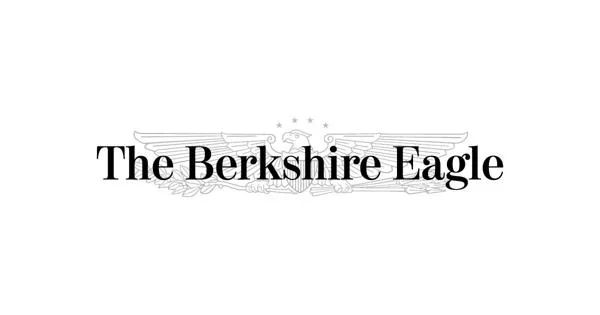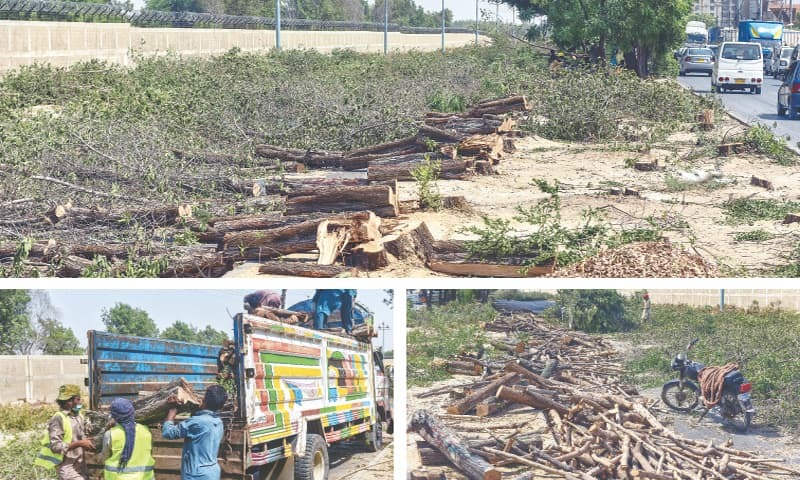Copyright berkshireeagle

This is the inarguable reality facing Berkshire Hills Regional School District residents: They're facing a big price tag for a long overdue upgrade to the building that houses their high schoolers. The big question is whether to put an $89 million Band-Aid onto a 60-year-old structure or spend the same amount to get a brand new school designed with this community's present and future needs in mind. The choice seems obvious to us, and we hope it does to Berkshire Hills residents as well: Go for a new Monument Mountain Regional High School. The math is all the more convincing if one really dives into the numbers. While $89 million might seem an eye-watering figure for the three towns of Great Barrington, Stockbridge and West Stockbridge — the member communities of Berkshire Hills Regional — opting for a new building would actually net the district a school worth $152 million. The towns' share of the cost would be deeply discounted thanks to a $61 million grant from the Massachusetts School Building Authority, plus $1.5 million more shaved off thanks to MassSave incentives secured by the project's sustainability minded energy plans. A greener power system is far from the only modern amenity that would come with this plan. It would also augment the school's offerings in career vocational and technical education (CVTE) while expanding classroom space specifically tailored to science education. Its design would be more inclusive and holistic than the current layout that segments special education environments while also enhancing security with a safety-minded layout that has fewer entrances. All of that is on top of the fact that the bones of this aging school are too brittle to give students and educators the environment they deserve. Take it from the recent Monument Mountain grads who spoke to The Eagle about why they support the new school plan. The Class of 2023 valedictorian recalled wearing her winter jacket through the school day because of the aging building's chilly air while vividly remembering a sign on a science lab cabinet that read “Do not open. Asbestos causes cancer.” Berkshire Hills can and must do better by the students who will become our next generation of citizens and leaders. The real question is not whether but how — and for all the upsides of a new school, the alternative plan to repair the old building comes with about as many downsides. The necessary repairs would not only cost the school district about as much as a new school but likely prove much more disruptive. That's because the totality of those repairs would take anywhere between five to 10 years, during which students would have to be moved into temporary facilities, only to move them back into the patched up school afterward. Of course, that patchwork, no matter how thorough, would make for a much shorter-term solution to this crumbling building's woes. And if the district stiff-arms the MSBA's eight-figure assist now, it will likely be years if not decades before such a grant is available to the town again. The current decision facing Berkshire Hills voters is similar to, if more stark than, the one they faced about 11 years ago. In 2014, the district rejected a $51 million proposal for a new building while putting off the still lingering major repair needs. We mention this not to wax poetic about the clarity of hindsight but to underscore the lesson we hope the district learned: Whether it's patching up or building anew, these projects are only going to get more expensive down the road. The new school proposal looks expensive because it is. But the price tags only get bigger from here, whether it's fixing or replacing. The district should take the $61 million MSBA grant while it's on the table and know that the considerable local investment to be kicked in would go toward a significantly brighter future that it should have secured for its students long ago. That requires voting "yes" on Nov. 4, and in fact the most responsible course is to vote "yes" twice. Question 1 on district residents' ballots asks for approval to borrow the cost of the new Monument Mountain building project, which needs only a simple majority of districtwide votes to pass. Question 2 asks voters to exclude the debt to be taken on for the project from the local levy limit imposed by Massachusetts Proposition 2 1/2. Question 2 is a town-by-town vote, which means that the three towns potentially could vote differently on how each community pays for its share of the debt. If the first question passes but the second fails, towns that reject the debt exclusion could face serious financial strain trying to stay under the Prop 2½ levy limit. That’s why we urge voters to cast the same vote on both questions, whichever way they choose. For the sake of students' futures and the district's sustainability, The Eagle editorial board urges Berkshire Hills Regional School District residents to vote yes on Questions 1 and 2 on the Nov. 4 ballot.



